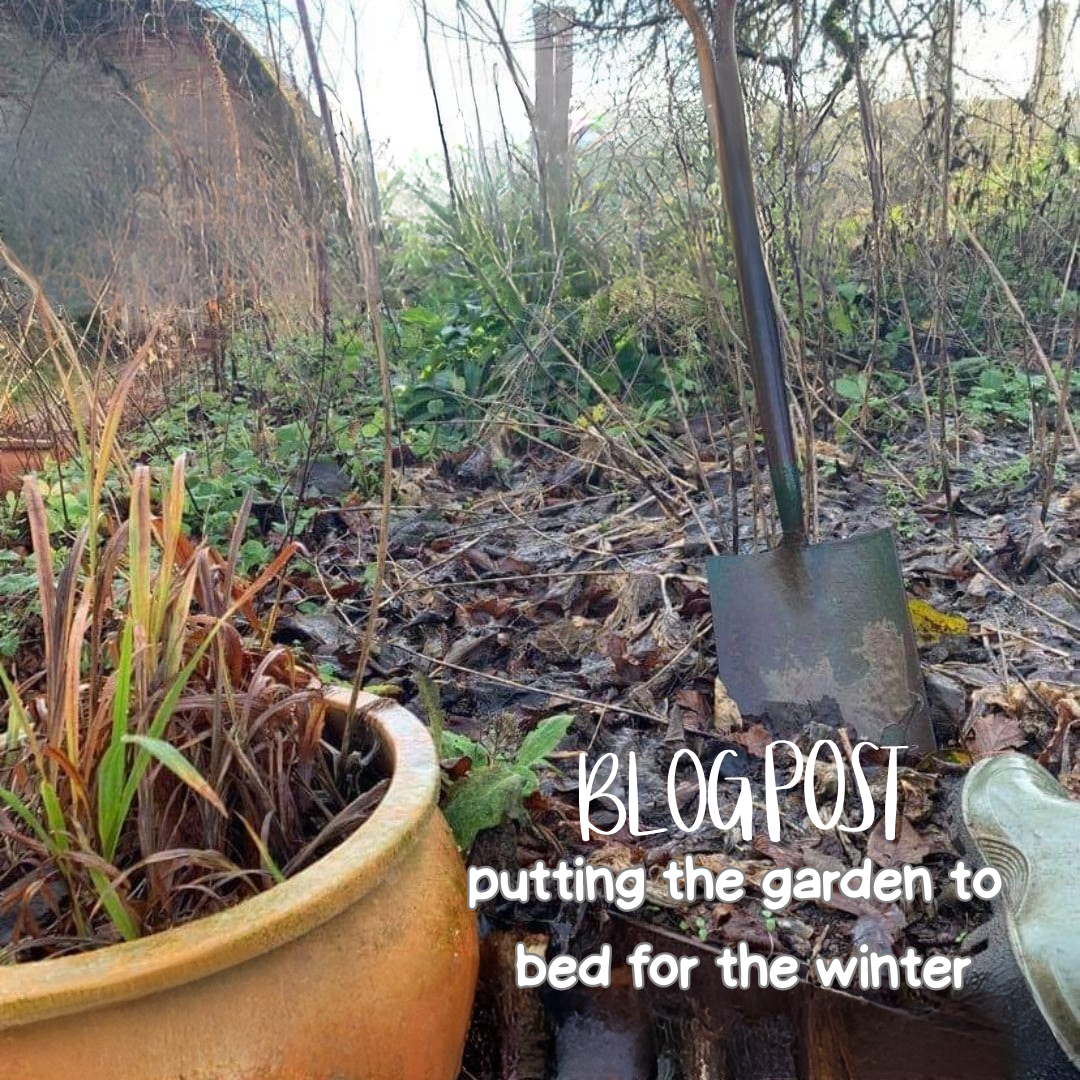As gardeners, we are always on the lookout for cost-effective ways to enhance our green spaces. One such method that has gained popularity in recent years is bare root planting. This economical approach allows us to purchase trees and shrubs without the added expense of pots or containers.
Understanding Bare Root Planting
Before we dive into the benefits, let’s first understand what bare root planting entails. As the name suggests, bare root plants are sold with their roots exposed, rather than being potted in soil or containers. This means that when you receive a bare root plant, it will not have any soil around its roots. While this may seem unusual at first, there are several reasons why this method is not only practical but also advantageous.
Cost-Effectiveness: Getting More for Your Money
One of the primary advantages of bare root planting is its cost-effectiveness. Compared to potted trees or shrubs, bare root plants are significantly cheaper. This affordability allows gardeners to stretch their budgets further and create more extensive and diverse landscapes without breaking the bank. Whether you’re planning to establish a new hedge or add variety to your existing garden beds, choosing bare root plants can save you a substantial amount of money.
Timing Is Everything: Taking Advantage of Dormant Season
Timing plays a crucial role in gardening success, and bare root planting aligns perfectly with nature’s cycle. The dormant season, which typically spans from November to March in the UK, is considered the best time for bare root planting. During this period, deciduous plants enter a state of dormancy where their growth slows down and they shed their leaves. Planting during dormancy allows them to focus their energy on establishing strong root systems, ensuring better survival rates and vigorous growth in the following spring.
Handling and Planting Bare Root Plants
When you receive your bare root plants, it’s essential to handle them with care. To prevent the roots from drying out during transport, it is recommended to soak them overnight before planting. This rehydrates the roots and prepares them for the shock of being transplanted. Once soaked, carefully plant the bare root plants in well-prepared soil, making sure to spread their roots evenly and at the appropriate depth. Water thoroughly after planting and mulch around the base to retain moisture.
Creating Beautiful Hedges on a Budget
If you’re considering adding hedges to your garden or property, bare root planting is an excellent option. Not only is it a cost-effective way to establish hedges, but it also offers several other benefits specific to this type of planting. When using bare root plants for hedges, you can achieve a more uniform appearance as they are often younger and smaller than potted alternatives. This allows for easier shaping and training of the hedge into desired forms while promoting dense growth from an early stage.
Embrace the Affordability and Beauty of Bare Root Planting
By purchasing trees and shrubs without pots or containers, you not only save money but also take advantage of nature’s dormant season when plants prioritize root development. With proper handling and planting techniques, bare root plants can thrive in your garden, offering beauty and sustainability at a fraction of the cost. So why not give this method a try? Your wallet will thank you, and your garden will flourish with vibrant new additions!

















